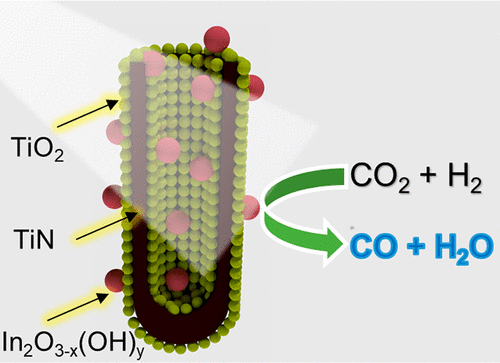There is a worldwide effort to achieve the IPCC 1.5-degree global warming target by the end of the 21st century. To this end, the major power generation, industrial, and transportation sectors of our economies are undergoing a transformational decarbonization process enabled by renewable energy, electrification, and carbon capture, storage, and utilization.
It is anticipated that half of the primary global energy usage will be supplied through renewable sources, and electrification will reduce more than 50% of carbon emissions in the industrial and transportation sectors by 2050. However, it is challenging for diesel powered marine, trucking, and aviation forms of transportation, to embrace the “renewable + electrification” scenario because of their energy intensity for long distance travel devoid of midway charging.
The UofT solar fuels group and its spin-off Solistra, www.solistra.ca, have been working for more than a decade on novel photocatalysts for converting CO2 to sustainable methanol, hydrogen, carbon monoxide, methane, olefins, ammonia, and urea, powered only by sunlight. Recently they have turned their attention to green dimethyl ether, a clean replacement for diesel fuel.
The motivation for our work received inspiration from the interest of Ford in renewable, high energy-density, drop-in fuels, dimethyl ether DME and poly-oxymethylene ether OME. These green replacements for brown diesel can be synthesized from renewable methanol, which can be produced from biomass, municipal solid waste, and waste plastics via gasification and syngas conversion utilizing recycled CO2. With the invention of several outstanding solar methanol catalysts, the UofT solar fuels group has begun to focus some of its efforts on solar DME and OME.
To place our work in perspective, Ford leads a North American consortium that focuses its research and development program on renewable, high energy-density fuels for diesel engines. Global renewable energy sectors, academia and research institutions in North America and Europe are developing drop-in DME automotive fuels produced from various renewable feedstocks. We are excited that the UofT solar fuels group has been and will continue to contribute to this effort by exploring the direct-solar-powered conversion of CO2 to methanol, DME, and OME.











